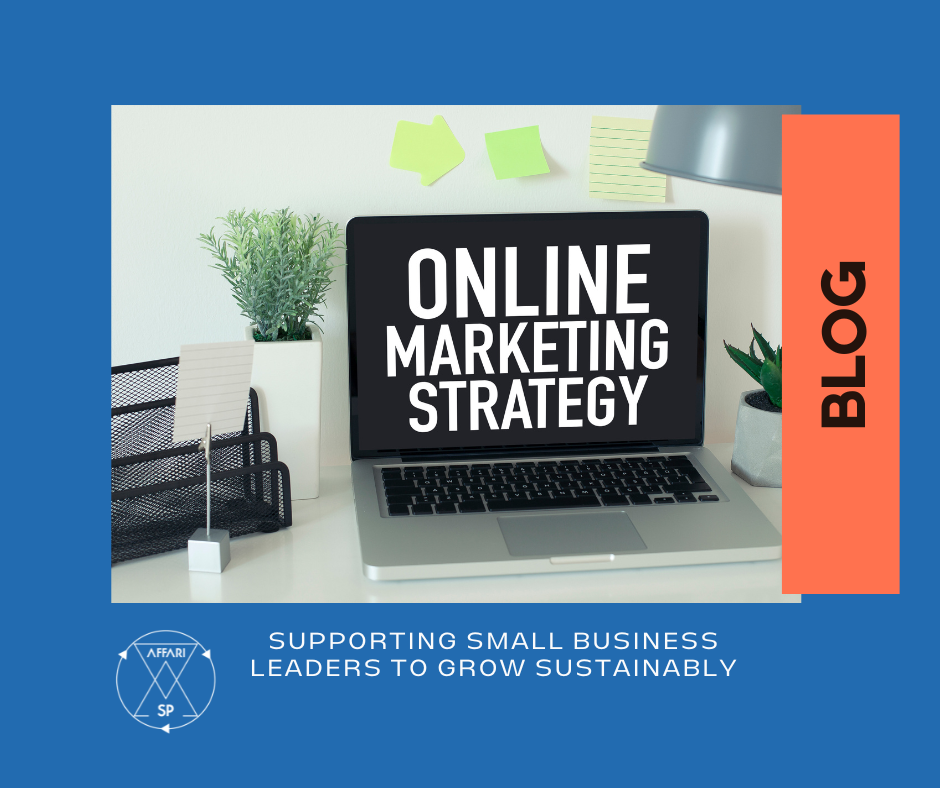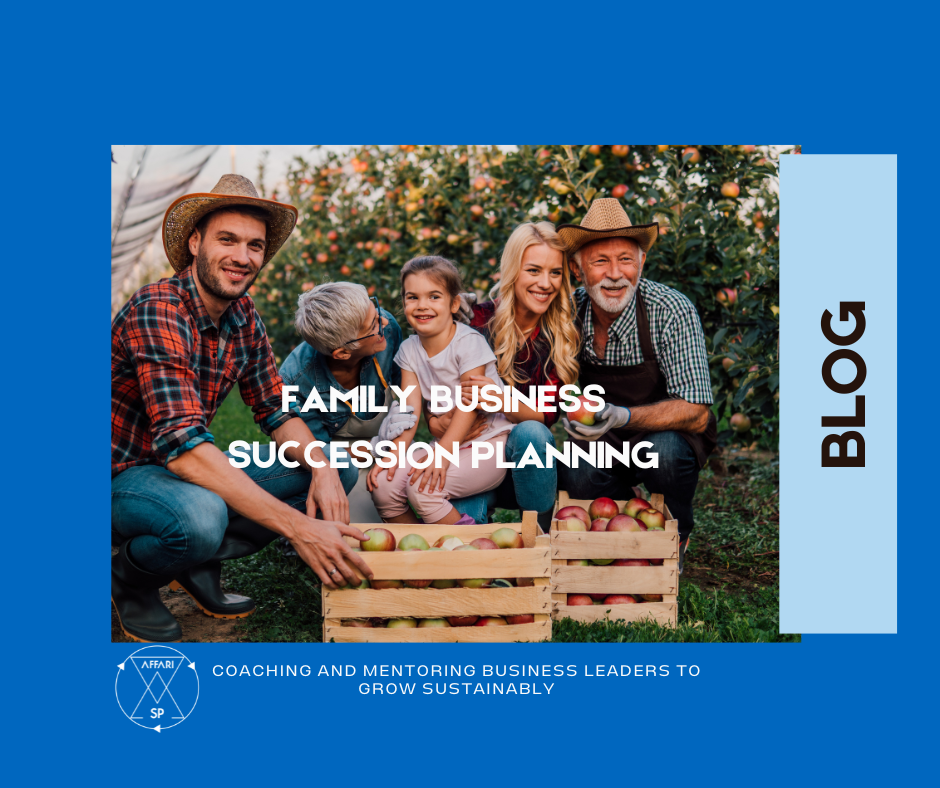Author: Sara Pantaleo
ESG stands for Environmental, Social, and Governance. It’s a set of criteria that businesses and investors use to evaluate an organisation’s impact on society and the environment, as well as its ethical and governance practices. Small businesses need to understand the growing importance of these factors and how they can benefit from incorporating ESG principles into their operations.
Here’s a simple ESG breakdown of each component:
Environmental (E)
This aspect focuses on an organisation’s impact on the environment. It includes factors such as energy efficiency, waste management, carbon emissions, water usage, and pollution.
For a small business, it means considering ways to reduce its environmental footprint, like using energy-efficient appliances, recycling, reducing packaging waste, and sourcing eco-friendly materials.
Social (S)
The social component of ESG looks at how an organisation interacts with its employees, customers, suppliers, and communities.
For a small business, this involves promoting fair labour practices, ensuring a safe and inclusive work environment, fostering positive relationships with customers and suppliers, and engaging in philanthropic activities within the local community.
Governance (G)
Governance refers to the structure and practices that guide an organisation’s decision-making processes, including its leadership, board structure, executive compensation, and transparency.
For a small business, good governance means having clear roles and responsibilities, avoiding conflicts of interest, having transparent financial reporting, and respecting the rights of shareholders and stakeholders.
Why is ESG important for small businesses?
Reputation and Brand Value
Embracing ESG principles can enhance a small business’s reputation and brand value, appealing to socially conscious consumers who prefer to support responsible companies.
Access to Capital and Investors
Many investors, including institutional funds, are increasingly considering ESG factors when making investment decisions. A small business with strong ESG practices may find it easier to attract investment.
Risk Mitigation
Addressing environmental and social risks can reduce potential legal liabilities and financial risks. For instance, adhering to environmental regulations can prevent costly fines.
Employee Attraction and Retention
Organisations that prioritise employee well-being and diversity often attract and retain talent more effectively.
Market Opportunities
Adapting products or services to meet sustainable and ethical demands can open new market opportunities and drive innovation.
Circularity – one of the solutions for ESG
Circularity is an essential concept that can significantly contribute to addressing ESG challenges. It refers to an economic model designed to minimise waste, promote resource efficiency, and ensure products, materials, and resources remain used for as long as possible.
The circular economy aims to break away from the traditional linear model of “take, make, dispose” and instead emphasises the following principles:
Reduce
Circular economy encourages businesses to design products with a focus on longevity, durability and reduced environmental impact. By creating products that last longer and are easier to repair, businesses can reduce the overall consumption of resources and decrease waste generation.
Reuse
The circular economy promotes reusing products and materials whenever possible. This involves refurbishing, repairing, and repurposing items to extend their lifespan and avoid unnecessary disposal.
Recycle
Recycling plays a crucial role in the circular economy by diverting materials from landfills and reintroducing them into the production process to create new products.
Regenerate
This aspect involves designing products and processes that positively impact the environment. It includes practices like using renewable energy sources, regenerating ecosystems and investing in sustainable agriculture.
How Circularity Addresses ESG Challenges
Environmental Impact (E)
Circularity reduces the consumption of raw materials and decreases waste generation, resulting in lower carbon emissions and a reduced ecological footprint.
It encourages the use of renewable resources and the adoption of eco-friendly practices, promoting overall environmental sustainability.
Social Impact (S)
The circular economy fosters local job creation in repair, remanufacturing, and recycling industries, supporting economic development and social well-being.
It can also lead to better working conditions, especially if businesses prioritise fair labour practices and ensure the well-being of their employees.
Governance (G)
Adopting circularity as part of your strategy often involves transparency and cooperation across the supply chain. Businesses can enhance their governance practices by ensuring responsible sourcing and tracking material flows.
Engaging in circular economy initiatives showcases responsible leadership and long-term thinking, which can attract responsible investors and stakeholders.
Resilience and Risk Management
Embracing a circular economy can help businesses diversify their supply chains, reduce exposure to raw material price volatility, and become less dependent on scarce resources. Circular practices can appeal to environmentally conscious consumers, boosting brand loyalty and reputation.
Adopting a circular approach can also drive innovation, as businesses may need to rethink their product design and production methods.
For small businesses, incorporating circularity into their operations can be a cost-effective and practical way to address ESG challenges. By considering the lifecycle of products and materials and implementing measures to reduce waste and resource consumption, small businesses can contribute positively to sustainability and their bottom line. Moreover, adopting circular practices can align a business with the increasing demand for sustainable and responsible products and services in the market.
Incorporating ESG into a small business doesn’t necessarily require a complete overhaul; instead, it can be a gradual process of identifying areas for improvement and taking steps to implement positive changes. Small businesses can align their values with those of customers and investors, creating a more sustainable and responsible business model.





























